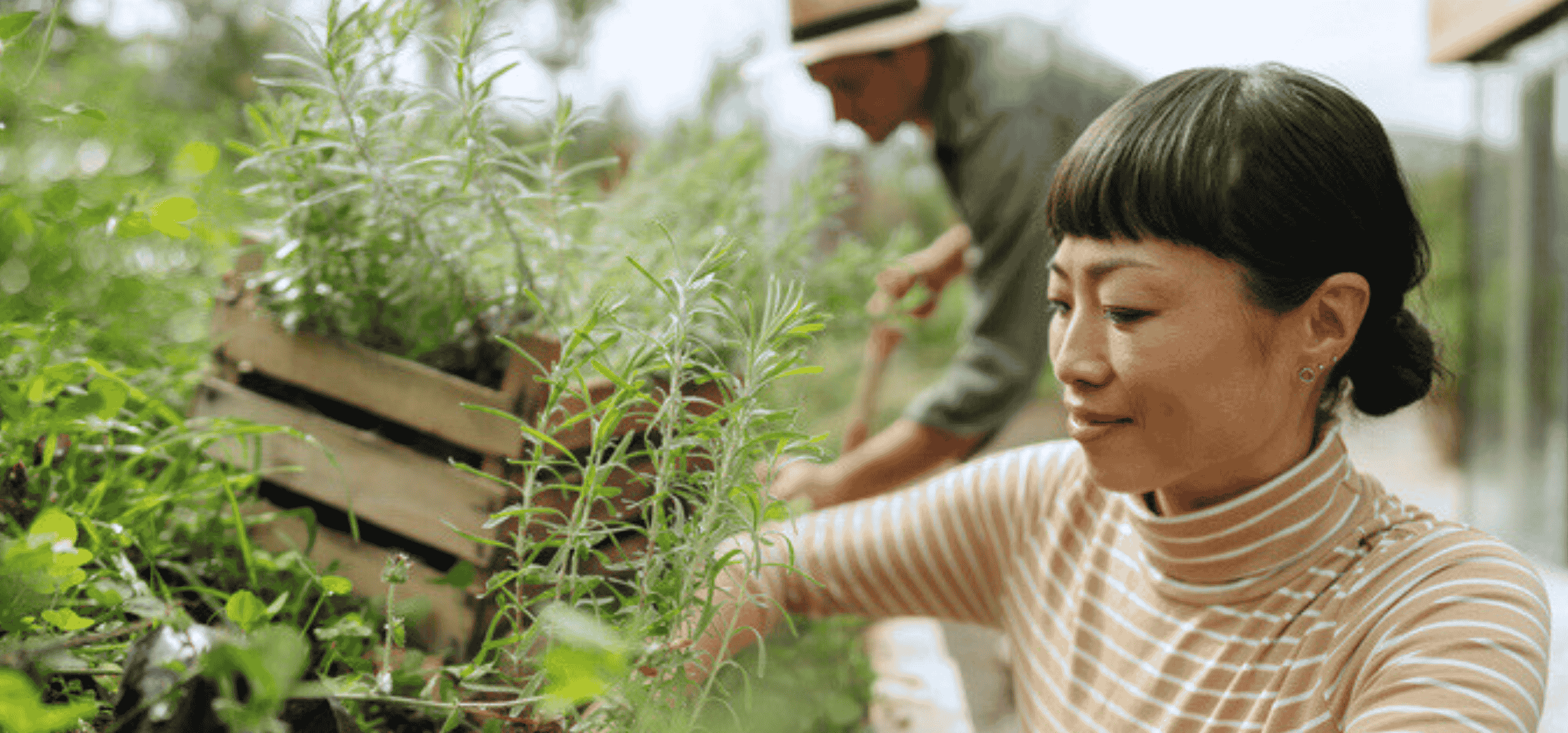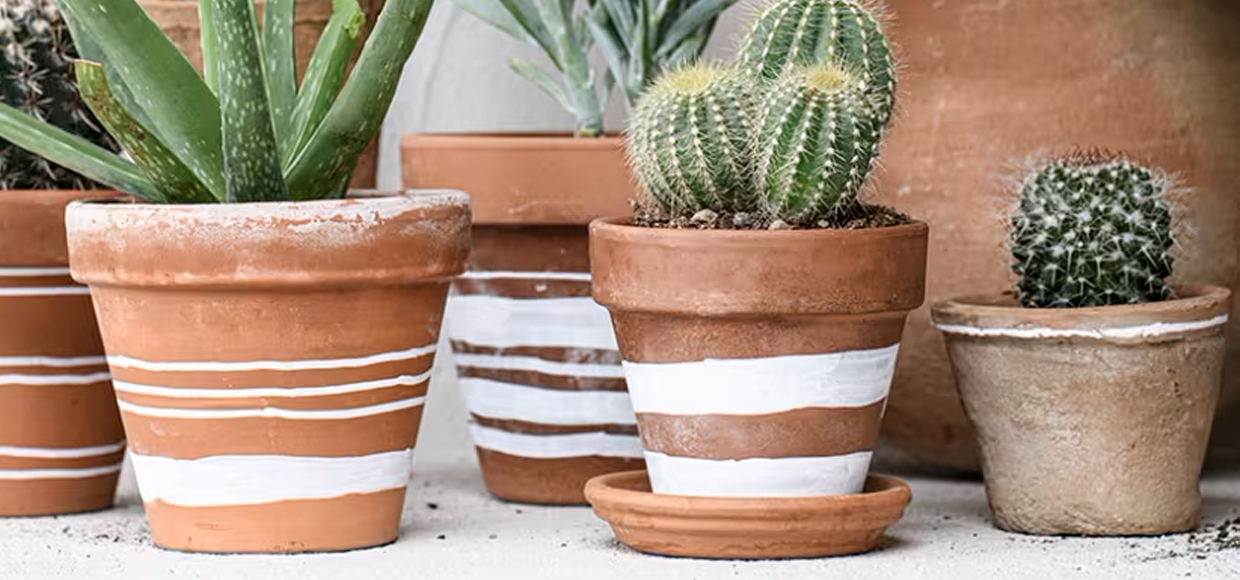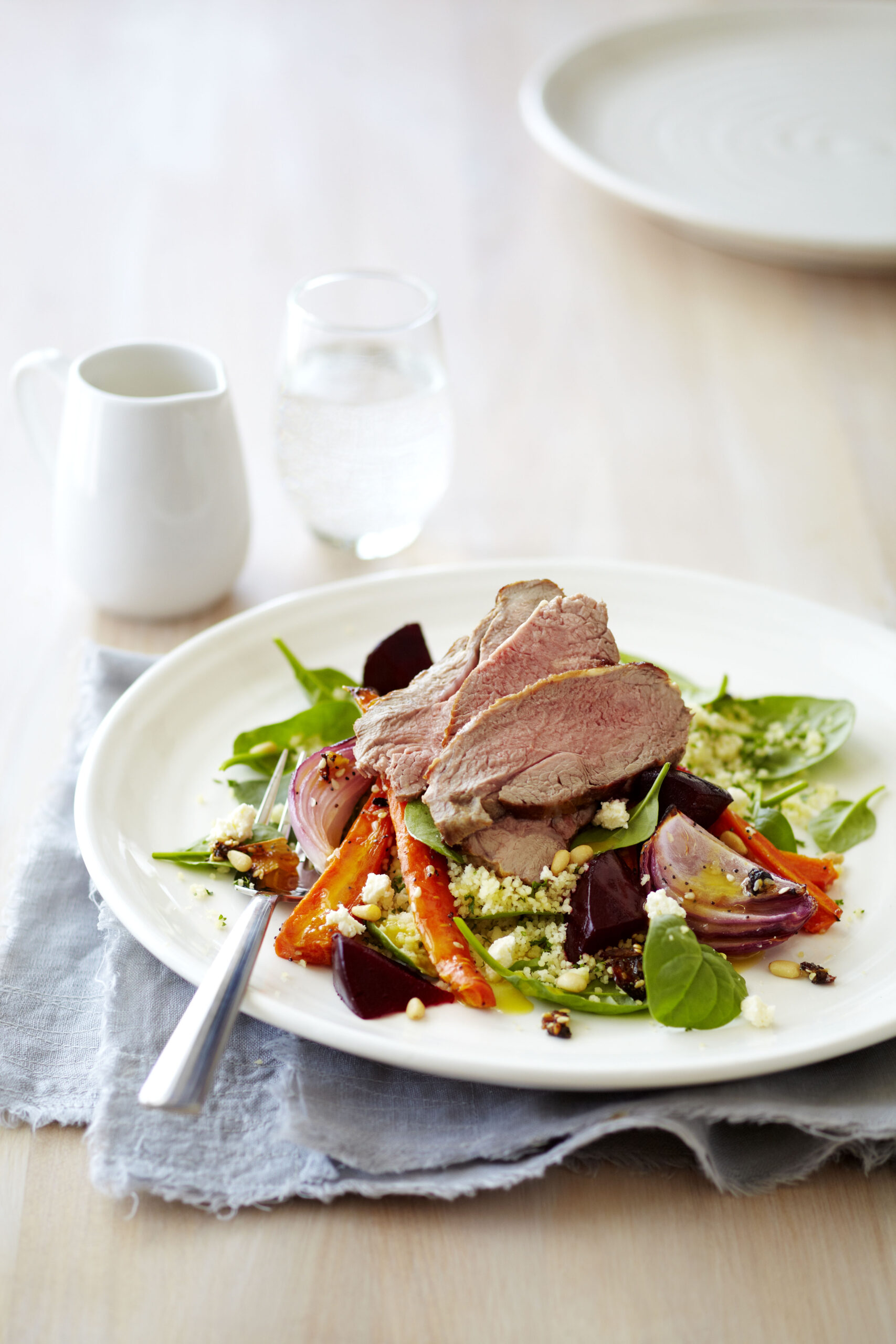Good’s new garden-to-table columnist, Aby Chalmers, shares her tips for growing herbs in any space — from a pot of chives on the windowsill to a terraced garden brimming with rosemary and thyme. Learn how to choose, plant, and care for herbs year-round, and discover the art of companion planting to boost your vegetables, deter pests, and attract pollinators for a thriving, abundant garden.
Spring is all about new beginnings, making it the perfect time to plant a new herb garden or add to an existing one. Whether you have a large plot, a small section, or just a balcony with a few pots, there’s always room for herbs.
Begin by thinking about which herbs you regularly eat, then consider where you could put them and the experience you want to create within the space. You might picture a terraced garden with stepping stones, or herbs scattered through your vegetable plot to deter pests, or a simple pot of chives and parsley on the windowsill for breakfast eggs. Keep the herbs you use most close to your kitchen, while less used herbs can be planted further away.
Our terraced herb garden sits beside the stairs to our house, with drought-tolerant herbs like lavender, rosemary, and thyme at the top and moisture-loving parsley and chives tucked into shadier spots between boulders. Stepping stones weave through for easy access to cooking herbs, while peppermint thrives in a shady corner near the shed, safely away from other plants. Basil and marigolds grow in the tunnel house under the tomatoes, while parsley and coriander are scattered throughout the vegetable beds, where their flowers attract beneficial insects.
Types of Herbs


Herbs fall into two main categories – annuals and perennials – with some, such as parsley, being classified as biennial. This means that instead of setting seed every year, they take two years to complete their lifecycle.
Perennials
- Mediterranean perennial herbs – Love full sun, light well-drained soil, and not too much rain. Thyme, sage, lavender, oregano, marjoram, borage, bay, and rosemary all fall into this category, with the latter two also classed as shrubs.
- Tropical perennial herbs – Need heat, rich soil, and humidity, and are best grown in a frost-free environment. Depending on your location, a plastic or glasshouse may be the best option. Examples include lemongrass, cardamom, turmeric, ginger, and galangal.
- Cool-climate perennials – Can handle some shade and prefer rich soil with cool moisture. Chives, mint, and horseradish are all cool-climate herbs, with mint in particular loving constant moisture.
Annuals and Biennials
Parsley and coriander both prefer rich, friable, moisture-retentive soil and don’t mind being planted in the shade. Dill and fennel prefer light, friable soil and are easy to grow in early spring before it gets too hot, with fennel even thriving in winter if the frosts aren’t too heavy.
Heat-loving basil is a summer annual that is easy to grow from seed, with many exotic varieties to choose from. It enjoys compost-enriched, moist soil, a sunny aspect, and plenty of heat.
Growing in Pots
Most herbs (apart from horseradish) can be grown in pots if you meet their needs. Containers also give flexibility — you can move them to follow the sun, bring them indoors during winter, or place them closer to the kitchen for easy picking.
Since herbs with similar requirements grow well together, you can pack plenty of flavour into one pot — imagine rosemary underplanted with creeping thyme, or a pot outside the back door dedicated to chives, Italian parsley, and fennel. You could even experiment by planting strawberries around the edges of a pot of basil. Speaking of basil, a small pot of baby-leaf basil on your windowsill is perfect for summer pesto production.
For herbs that prefer rich soil, an occasional seaweed feed works wonders. And if you have a dripping tap anywhere, a pot of mint under it will thrive! Mint can take over in the garden, so planting it in a low, wide pot is a good way to keep it in check.
Companion Planting
I’m an advocate for growing herbs alongside vegetables. The right companion plants help vegetables grow strong while warding off pests and disease.


Some good combinations include:
- Chives with carrots – Repels aphids, slugs, and carrot fly.
- Basil with tomatoes – These two thrive together and enhance each other’s flavour.
- Borage with strawberries – Attracts bees to the strawberry patch and can improve fruit flavour.
- Coriander with tomatoes – Coriander benefits from the shade, and its flowers attract beneficial hoverflies.
- Comfrey and horseradish around fruit trees – Horseradish deters rodents, while deep comfrey roots draw trace minerals up to the tree’s feeder roots.
Letting some herbs flower is an excellent way to attract pollinators and beneficial insects to your garden.
Sourcing Your Herbs
From Seed
Many herbs grow readily from seed; it’s just a matter of waiting for the right conditions. Basil, coriander, and dill germinate easily and like to grow en masse, but the soil must be warm — especially for basil. Parsley is best grown from seed but can take three weeks or more to emerge; the soil must be kept constantly moist during this time.
By Division
If you know someone with an established herb garden, you can take divisions from their plants. Mint, chives, thyme, oregano, and lemongrass all grow easily this way. Just dig off a section from a mature plant — making sure some roots are attached — and replant. With mint, you only need a small piece of root, but with chives, divide a large plant into halves or quarters using a sharp spade. Horseradish, as well as rhizomes like ginger, turmeric, and galangal, will grow from planting a small section of root into moist, rich soil.
From Cuttings
Lavender, rosemary, and sage grow well from cuttings. Take soft tip cuttings in spring and early summer, or hardwood cuttings in autumn. Cuttings are a cost-effective way to get many plants, but they require patience – you won’t have an established plant for at least a year. Keep them well misted in a warm shady spot. They can take weeks to root, so persistence is key.
From Herb Patch to Year-Round Food Garden
Growing herbs is such a lovely way to connect your garden to your kitchen and add more homegrown flavour to your meals. If gardening is new to you, a handful of herbs can be a gentle first step.
Join Aby Chalmers with The Nourishing Kitchen Garden Mentorship
And if a thriving, year-round garden is on your wish list, this spring I’m opening The Nourishing Kitchen Garden Mentorship – a live, step-by-step program where I’ll walk alongside you to help turn your underperforming garden into an abundant source of fresh, nourishing food for your family.
We begin in just two weeks, so if this feels like the season to bring your garden dreams to life, book a free Garden Chat. We’ll talk about your space, your vision, and whether this is the right fit for you.







